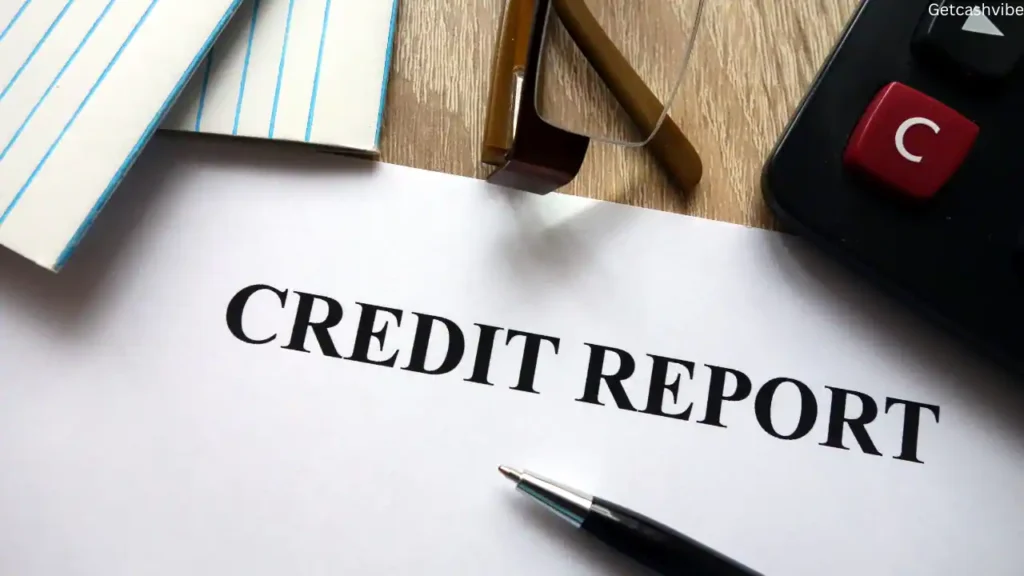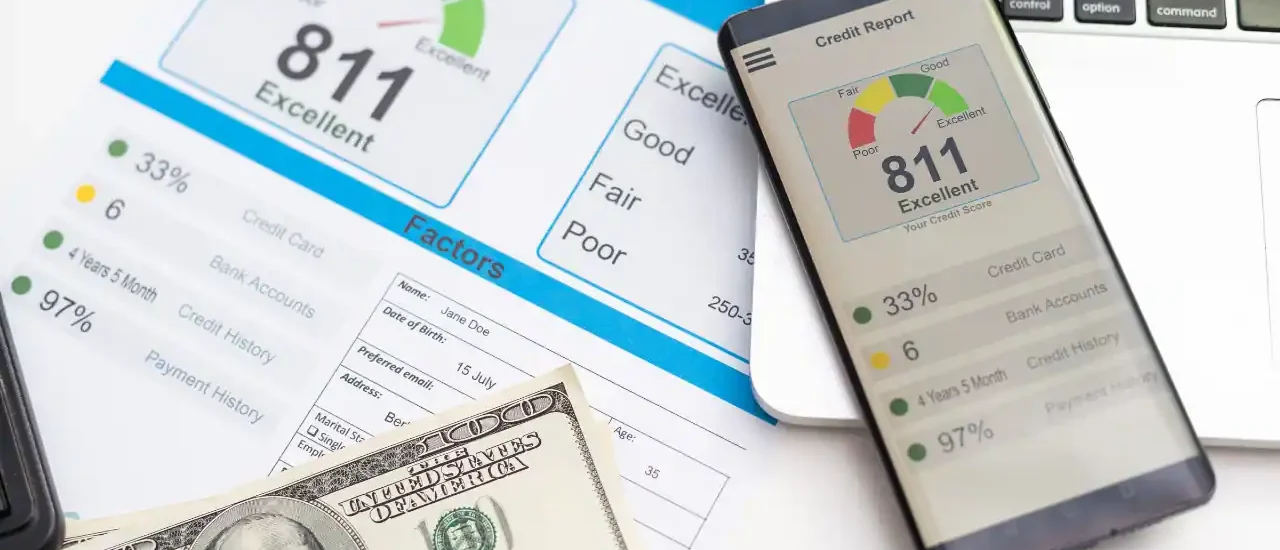Your credit report plays a significant role in your financial life. Whether you’re applying for a loan, mortgage, or a new credit card, your credit score and report are key factors lenders look at. However, errors on your credit report can harm your credit score, making it harder to get approved for credit or loans. The good news is that you can fix credit report errors, and doing so can have a positive impact on your financial future.
In this guide, we’ll walk you through how to fix credit report errors, what common mistakes to watch out for, and how to correct them step by step.
Why Fixing Credit Report Errors Matters
A clean credit report is essential for financial success. Errors on your credit report, no matter how small, can lead to an inaccurate credit score, which in turn could affect your ability to secure loans, mortgages, or even rent an apartment. Fixing credit report errors is not just about boosting your score; it’s about ensuring that lenders are seeing your financial picture accurately.
Even small mistakes, such as incorrect account information, late payments that were paid on time, or accounts that aren’t yours, can negatively impact your credit score.
Common Credit Report Errors and How to Spot Them

Before you can fix credit report errors, it’s important to know what to look for. Some of the most common mistakes found on credit reports include:
1. Mistaken Identity
Accounts that don’t belong to you may show up on your report. This can happen if your name is similar to someone else’s or if there’s a mix-up with Social Security numbers.
2. Incorrect Account Status
Sometimes, accounts that have been paid off may still appear as “delinquent” or “in collections.” This could occur due to reporting delays or mistakes from lenders.
3. Outdated Information: Fix Credit Report Errors
Your credit report might show accounts that have been closed or discharged in bankruptcy but haven’t been updated yet.
4. Unfamiliar Hard Inquiries
These appear when a lender checks your credit report, but if you didn’t apply for credit, it may indicate fraud.
Step-by-Step Process for Fixing Credit Report Errors
If you spot any discrepancies, it’s important to address them as soon as possible. Here’s how you can fix credit report errors effectively:
Step 1: Obtain a Free Credit Report

Under federal law, you are entitled to one free credit report per year from each of the three major credit bureaus: Experian, Equifax, and TransUnion. You can request your free credit reports at AnnualCreditReport.com.
Make sure to review each of your credit reports from all three bureaus, as errors may appear on one but not others.
Step 2: Identify and Document the Errors
Go through your credit report carefully. Mark any errors, inconsistencies, or unfamiliar accounts. Pay close attention to:
- Account statuses
- Personal information (name, address, etc.)
- Late payments or missed payments that were made on time
- Accounts that are not yours
Document each error so you can easily reference them when filing disputes.
Step 3: File a Dispute with the Credit Bureau
Once you identify the errors, you can file a dispute with the credit bureau that reported the mistake. The credit bureaus have an online dispute process that allows you to:
- Report the error directly on their website.
- Provide evidence of the mistake (e.g., bank statements or receipts).
The credit bureau will typically investigate the dispute within 30 days and notify you of the results. If they find the error to be valid, it will be corrected on your credit report.
Step 4: Contact the Lender or Creditor

In some cases, the error may be related to an issue with the lender or creditor. If that’s the case, contact them directly to resolve the issue. Provide any supporting documentation and ask them to update your information with the credit bureaus.
Step 5: Follow Up on the Dispute
After filing your dispute, it’s important to follow up. If the credit bureau resolves the dispute in your favor, they will update your credit report. However, if the dispute is unsuccessful, you have the option to appeal or file a complaint with the Consumer Financial Protection Bureau (CFPB).
Step 6: Monitor Your Credit Report
Even after fixing credit report errors, it’s a good practice to regularly monitor your credit report to ensure no further mistakes pop up. You can sign up for credit monitoring services to stay on top of your credit score and report.
Why You Should Act Quickly
The longer errors remain on your credit report, the greater the impact they can have on your credit score. Fixing credit report errors can help improve your credit score quickly, potentially giving you access to lower interest rates, better loan terms, and a greater chance of approval for credit applications.
Additional Tips to Fix Credit Report Errors
While fixing errors on your credit report is crucial, there are other ways to improve your credit score:
- Pay bills on time: Timely payments can have a positive impact on your credit score.
- Reduce credit card balances: Aim to keep your credit utilization ratio under 30%.
- Consider becoming an authorized user: This can help improve your credit history if the primary cardholder has a good credit score.
Conclusion
Fixing credit report errors is a straightforward but essential process that can help boost your credit score and improve your financial standing. By following the steps outlined above and staying proactive, you can ensure that your credit report accurately reflects your financial history.
If you need more guidance on improving your financial health or fixing credit report errors, visit GetCashVibe for expert tips and resources. Take control of your credit today and build a better financial future!






